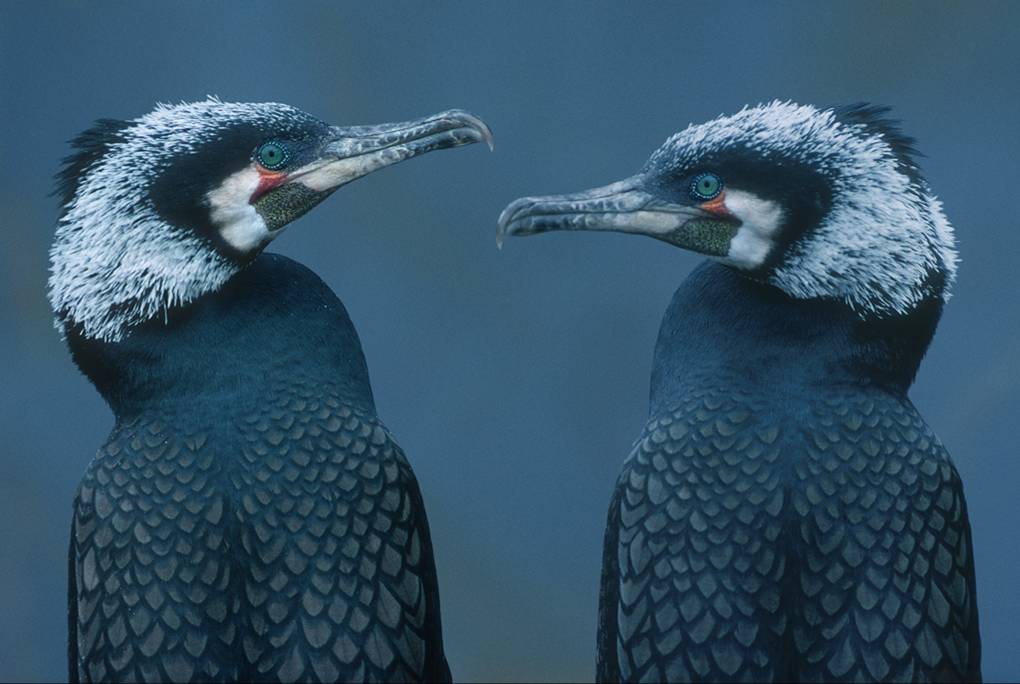Cormorants
 In Europe, the cormorants’ population has grown significantly in recent years putting a great pressure on and provoking damages to angling, fisheries and aquaculture activities alike.
In Europe, the cormorants’ population has grown significantly in recent years putting a great pressure on and provoking damages to angling, fisheries and aquaculture activities alike.
Cormorants are highly adaptable predatory birds which require to eat around 400-600 grams of fish per day for their sustainment. In 2014, it has been estimated that there were more than 2.2 million cormorants in Europe and this figure is constantly growing. These two data well-represent the reason why cormorants have become an issue in Europe: the impact that these birds have on fish stocks is huge and they represent a threat to the survival of several aquatic species such as eel, grayling and salmon.
In order to ensure a good balance between the interests of anglers and the conservation of birds, fish and biodiversity, the EAA supports the development of a pan-European management plan for the cormorants and demands an improved system for the collection of scientific data.
Legal background
As wild birds, cormorants are protected by the Birds Directive. The conservation measures included in the Directive, added to the fact that cormorants don’t have any natural predator, have contributed to the rapid expansion of the population. The Directive allows Member States to derogate to the conservation measures if “serious damage” is provoked by the birds, but this criteria needed clarification.
In 2008, the European Parliament adopted a resolution urging the adoption of a Europan cormorant management plan. The resolution acknowledged that a common European approach in this matter is needed as local measures have proved to be ineffective in mitigating the impact of cormorants on fish stocks.
Despite the European Parliament’s action, the European Commission decided to not proceed with the formulation of a proposal for a management plan but presented instead a Guidance Document to clarify the interpretation and the legal application of derogations foreseen by the Bird Directive to the cormorant case.
The EAA fully supports the appropriate implementation of the Birds Directive, which is an important piece of the EU environmental legislation. Similarly, the EAA promotes the establishment of a European management plan for cormorants to ensure the good conservation of birds and fish stocks.